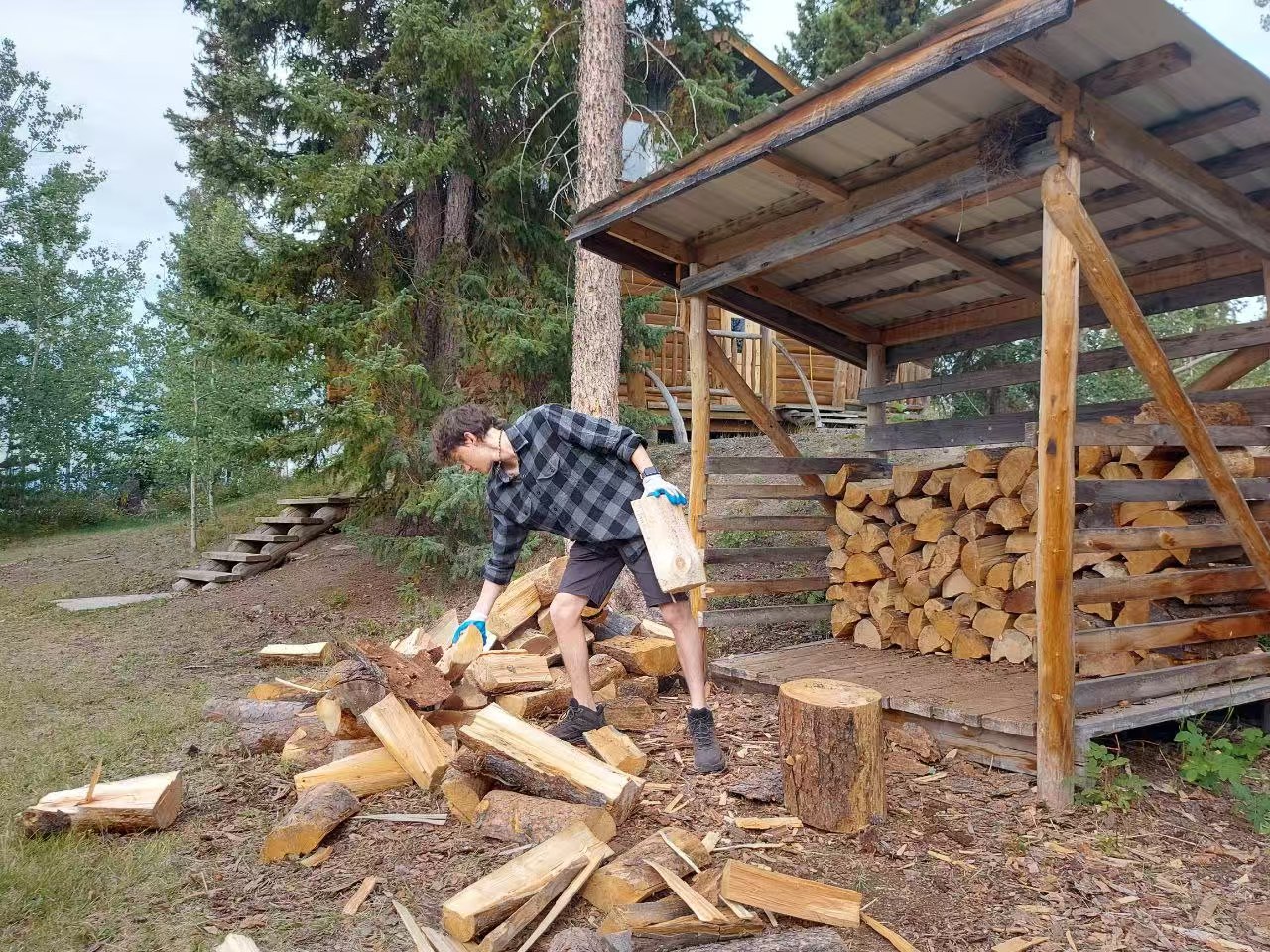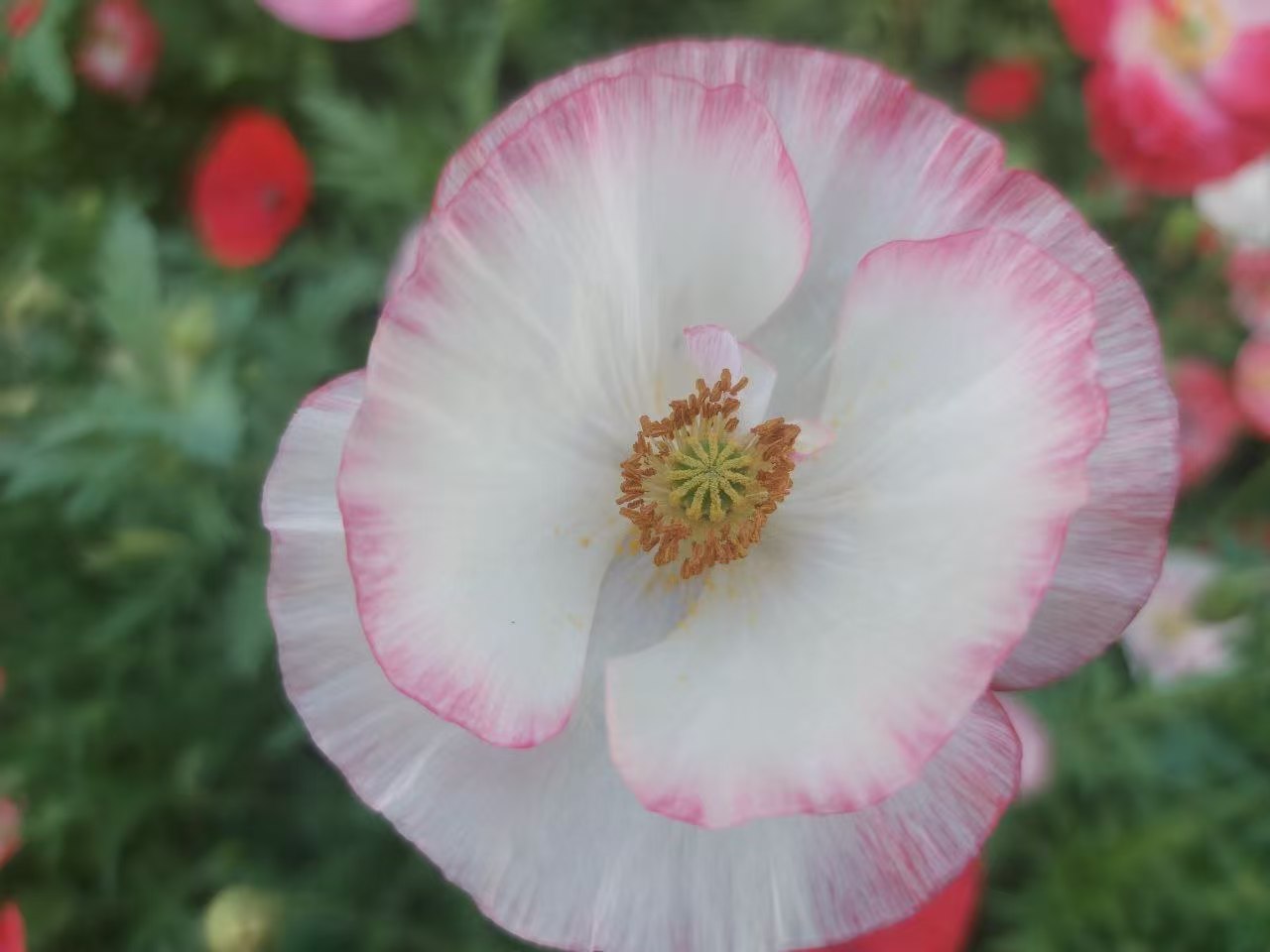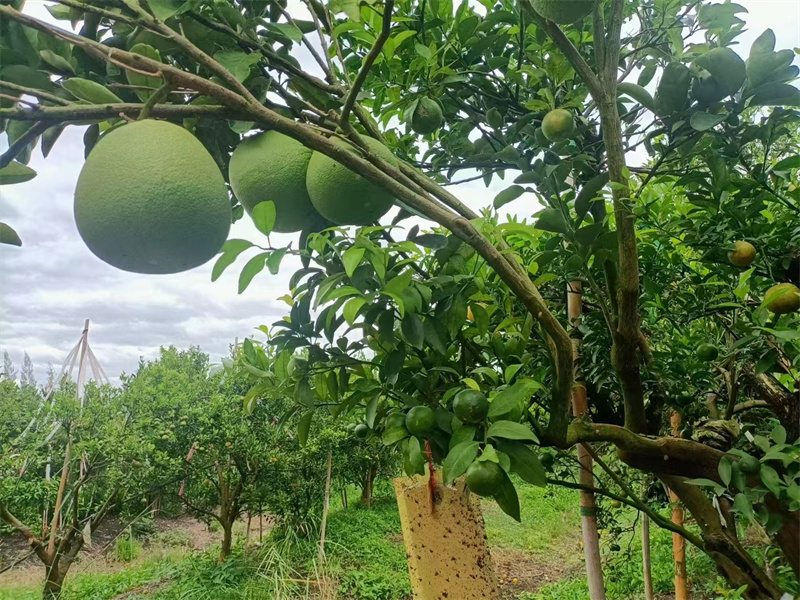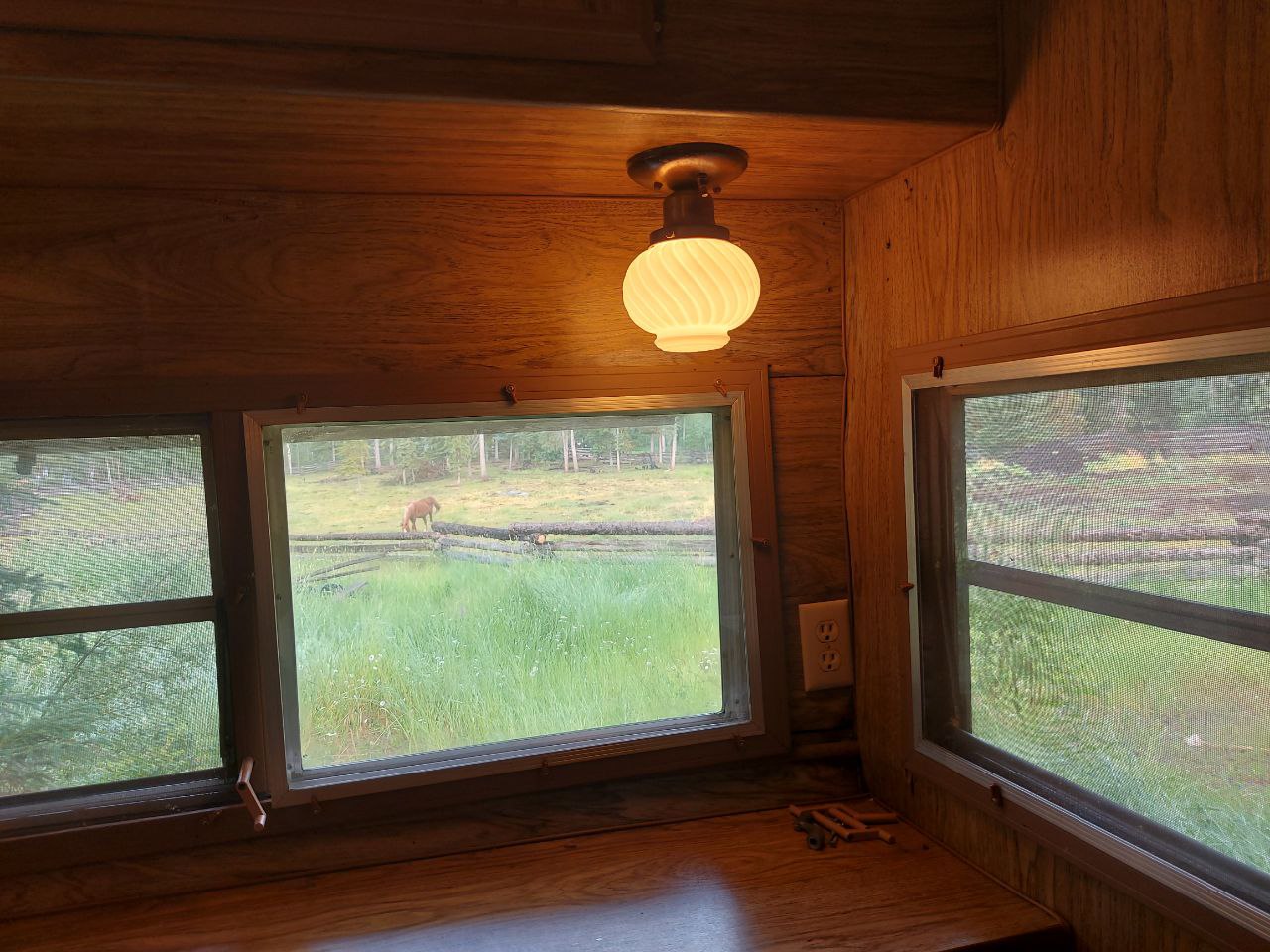|
|

|
Awaawaroa Bay Eco-Village
Located in Waiheke Island, Auckland, New Zealand
Mission Statement
Our community is based on cooperation, honesty and consensus.
We have a willingness to balance individual needs with the greater good of the community, while also valuing people’s diversity.
Our community vision statement is as follows:
“We live in community, creating a safe, sustainable environment that encompasses and enhances wholesome relationships with each other and the land. We are a community who understands that our actions and behaviours influence the world of the future.”
To protect the native wildlife, there are no cats or dogs on the property.
Community Description
Awaawaroa Bay Eco-Village owns 169 hectares (420 acres). There is a large wetland and estuarine system and a number of large pockets of regenerating bush. The village established NZ’s first private sanctuary for the endemic long finned eel (tuna – a Maori word for the eel).
A large section of the bush is covenanted with Department of Conservation.
To protect the native wildlife there are no cats or dogs on the property.
Non toxic and energy-efficient building materials and methods are required. An internal building code is in place that is administered by a building committee. Most families use alternative power systems and there are a number of electric cars and bikes and biofuel vehicles on the property.
A communal tractor shed/barn has been built as well as a multi-purpose mud-brick community house and an accompanying abolution block which are used for meetings, celebrations and various group activities.
We aim for a chemical-free environment with all land-use practices to be organic. All land use is organic and several members practise Bio- dynamics. Two land-base businesses operate from the community – a certified organic nursery ‘Gulf Trees’ which grows native fauna and fruit trees and a market garden called ‘Little Creek Farm’.
Protecting and enhancing biodiversity in our ecosystems and natural habitats is a priority.
Housing
Status: We have land we have developed on
Area: 417.6 acres
Current Residence Types: Single-family homes
Current Number of Residences: 15
Planned number of residences: 15
Planned Residence Types: Single-family homes
Housing Provided: Purchase
Land owned by: The Community
Additional Comments:
A communal tractor shed/barn has been built as well as a multi-purpose mud-brick community house and an accompanying abolution block which are used for meetings, celebrations and various group activities.
Membership
Adult Members: 26
Child Members: 13
Non-member Residents: 1
Percent Women: 51-60%
Percent Men: 41-49%
Percent Transgender: 0%
Visitors accepted: Yes
Visitor Process:
Visitors need to email and find out if someone is willing to host them, and they will be required to do some work in exchange for hospitality.
Open to new Members: Yes
Membership Process:
Process: New members can only be considered when a share available for sale. It begins with a letter outlining an expression of interest written to the community and is followed by a three months investigation period undertaken by both the community and those expressing an interest in the share. At the end of this time the community votes on the suitability of the applicant.
Economics
Dues, Fees, or Shared Expenses: Yes
Regular Fee per Month: $120
Shared Income: None
Required Labor Contribution per Week: 2
Additional Comments:
Members and residents are expected contribute to a monthly working bee which is the 3rd Sunday of every month.
Sustainability Practices
Energy Infrastructure: We use both systems.
Current renewable energy generation: 50-75%
Energy sources: Solar, Wind, Biofuel
Planned renewable energy generation: Almost All, around 90%
Current food produced: From 50-75%
Food produced locally: Between 26-49%
Lifestyle
Common Facilities: Common House, Swimming pond or pool, Tractor & Farm Equipment, Waterfront access
Internet Available: Yes, individuals provide it
Internet Fast?: No, it is slow.
Cell Phone Service: Not good for most people.
Shared meals: 1-3 times per month
Dietary Practice: Omnivorous (plants and animals)
Dietary Choice or Restrictions: No – people may eat however they wish.
Special Diets OK: Yes
Alcohol Use: Yes, used occasionally.
Tobacco Use: Yes, used seldomly, or ceremoniously.
Additional Diet Comments:
Dietary practice is personal choice. It is various including omnivorous (plants and animals), vegetarian and vegan.
Education Style(s): Home Schooling, Public Schooling
Healthcare Options: Up to each family or individual
Source:http://www.awaawaroa.org
http://www.ic.org/directory/awaawaroa-bay-eco-village/
|
|
 Haha, I’ve got a helper now!
Xuefeng
September 8, 2024
(Translation edited by Q
Haha, I’ve got a helper now!
Xuefeng
September 8, 2024
(Translation edited by Q
 Haha, I felt young again!XuefengYesterday morning, after breakfast, I started ch
Haha, I felt young again!XuefengYesterday morning, after breakfast, I started ch
 Papaver rhoeas: The Designated Flower of Lifechanyuan
by Xuefeng
August 20, 2024
Papaver rhoeas: The Designated Flower of Lifechanyuan
by Xuefeng
August 20, 2024
 Joyful Games and Warm Welcome for Gabi at Lifechanyuan's Thai Home
Qianzi Celest
Joyful Games and Warm Welcome for Gabi at Lifechanyuan's Thai Home
Qianzi Celest
 Chilean Girl Gabi Experiences the Life of Lifechanyuan Thailand Second Home Comm
Chilean Girl Gabi Experiences the Life of Lifechanyuan Thailand Second Home Comm
 Another Clean and Tidy Joy House
In the tourist resort Holy Land Home, the guide
Another Clean and Tidy Joy House
In the tourist resort Holy Land Home, the guide
 Post time 2017-09-25 13:07:54
|
4592views0replies
Show the author posts only
|View large image
Post time 2017-09-25 13:07:54
|
4592views0replies
Show the author posts only
|View large image
 |Descending
|Read mode
|Descending
|Read mode





 Favorites
Favorites Relay
Relay Shares
Shares Collection
Collection